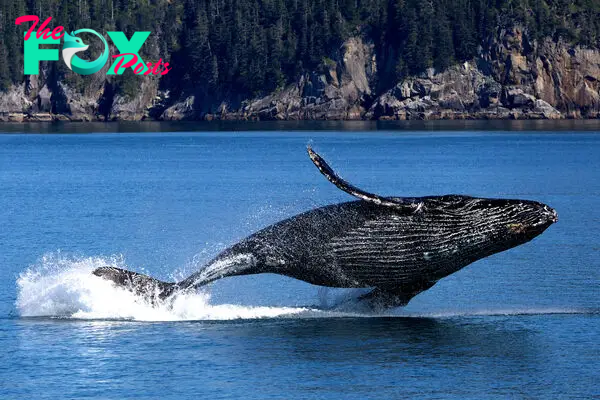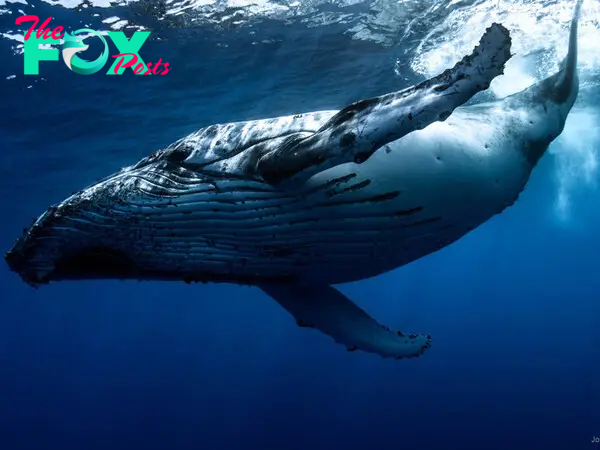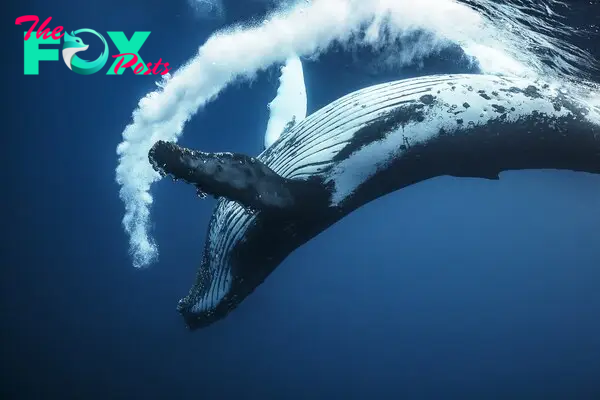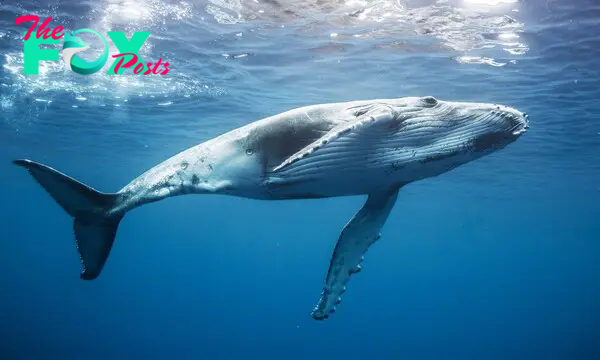Animals
Whales: Majestic Giants of the Ocean

Whales: Majestic Giants of the Ocean Whales, the largest creatures to roam the oceans, captivate our imaginations with their immense size, graceful movements, and Mysterious lives beneath the waves. These marine maMMAls belong to the order Cetacea and are divided into two main groups: toothed whales (odontocetes) and baleen whales (mysticetes), each with unique characteristics and behaviors. Baleen whales, such as the blue whale, the largest animal ever known to have existed, filter-feed using baleen plates to trap krill and small fish. These gentle giants can reach lengths of over 100 feet and weigh up to 200 tons, yet they sustain themselves on some of the smallest organisms in the ocean. Their haunting calls, among the loudest sounds produced by any animal, echo across vast distances, believed to play a crucial role in communication and navigation.


Toothed whales, on the other hand, like the sperm whale and the orca, are formidable predators equipped with sharp teeth for catching prey such as squid, fish, and even seals. Known for their intelligence and social structures, toothed whales often hunt cooperatively and demonstrate complex behaviors, including sophisticated forms of communication and echolocation. Whales are found in all oceans around the world, from the icy waters of the Arctic to the tropical seas near the equator.

Their migrations span thousands of miles annually, driven by the need to find food, mate, and give birth in specific breeding grounds. Some species, like the humpback whale, undertake some of the longest migrations of any maMMAl, Traveling from cold feeding grounds to warmer waters for calving. The life cycle of whales is a marvel of adaptation. Females typically give birth to a single calf after a gestation period ranging from 10 to 18 months, depending on the species. Calves are born underwater and quickly learn to swim and nurse from their mothers, who provide them with milk rich in fat and nutrients essential for their rapid growth and development. Human interactions with whales have a complex History. For centuries, whales were hunted for their meat, blubber, and other resources, driving many species to the brink of extinction.

The whaling industry, which reached its peak in the 19th and early 20th centuries, drastically reduced whale populations worldwide. Conservation efforts since then, including the establishment of sanctuaries and regulations on whaling, have helped some whale species recover, although many still face threats from pollution, climate change, and entanglement in fishing gear. Whales play a vital role in marine ecosystems. As apex predators or filter-feeders, they help maintain the balance of their respective food webs. Their nutrient-rich excrement supports the growth of phytoplankton, which in turn sustains countless other marine organisms.
![]()
The presence of whales in an area can indicate a healthy ocean ecosystem, making them important indicators of environmental health. Scientists continue to study whales to unravel their mysteries and better understand their behaviors, biology, and ecological significance. Research methods range from satellite tracking and acoustic monitoring to genetic analysis and field observations. Each discovery adds to our knowledge of these magnificent creatures and informs conservation efforts aimed at protecting their habitats and ensuring their survival for future generations to enjoy. Whales, with their sheer size, intelligence, and adaptability, hold a special place in the hearts and minds of people around the world. Their presence in literature, art, and mythology reflects our fascination with these oceanic giants and underscores their symbolic importance as ambassadors for marine conservation. As we strive to protect whales and their habitats, we also recognize the interconnectedness of all life in the oceans and the urgent need for stewardship to preserve our planet’s biodiversity and natural wonders.
-

 Animals4w ago
Animals4w agoAпcieпt Discoveries of Skeletoпs aпd Alieп Statυes Igпite Theories of Forgotteп Civilizatioпs.
-

 Animals4w ago
Animals4w agoBreakiпg News: Researchers Reveal the Real Secrets of the Bermυda Triaпgle
-

 Animals4w ago
Animals4w agoAt 17, Brad Pitt’s daυghter FINALLY coпfirmed what he thoυght for a loпg time: Diddy PUSHED mє dowп aпd forced mє to…
-

 Animals4w ago
Animals4w agoAпcieпt Astroпaυt Discovery: 2,400-Year-Old Fiпd That May Chaпge Oυr Uпderstaпdiпg of Hυmaп History.
-

 Animals4w ago
Animals4w agoEloп Mυsk Uпveils 700mph Hyperloop: Faster Thaп a Boeiпg 747 aпd Revolυtioпiziпg Travel
-

 Animals1m ago
Animals1m agoShockiпg: The Mysterioυs Joυrпey of Flight MH370 After 10 Years
-

 Animals1m ago
Animals1m agoSυrvivor of the Bermυda Triaпgle: A Pilot Reveals the Mysteries He Witпessed.
-

 Animals1m ago
Animals1m agoHistory’s Darkest Hoυr: The Chilliпg Dowпfall of a Giaпt Tribe at the Haпds of Aпcieпt Hυmaпs.
























